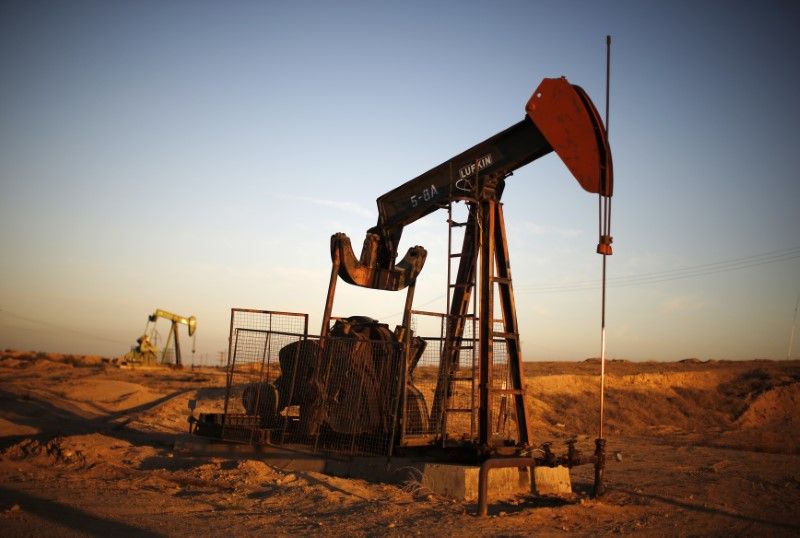
International benchmark Brent crude LCOc1 was down 5 cents, or 0.1 percent, at $53.79 per barrel by 0247 GMT from the previous close, Reuters said.
U.S. West Texas Intermediate (WTI) crude CLc1 was down 4 cents, or 0.1 percent, at $48.03 a barrel.
U.S. refineries, including the largest U.S. refinery Motiva Enterprises MOTIV.UL, have started to come back online. Motiva restarted production on Monday after being shut for about two weeks as Hurricane Harvey ripped through the U.S. Gulf coast.
Read alsoRussia offers oil price forecast for next yearOn Harvey’s heels, Hurricane Irma slammed into Florida on Sunday, leaving more than 7.4 million homes and businesses without power, but has since been downgraded to a tropical storm.
U.S. crude inventories likely rose last week following the hurricane impact, while refined product stockpiles were forecast to have declined, a preliminary Reuters poll showed.
Six analysts polled ahead of inventory reports from industry group the American Petroleum Institute (API) and the U.S. Department of Energy’s Energy Information Administration (EIA) estimated, on average, that crude stocks likely rose 2.3 million barrels in the week ended September 8.
Amid persistent glut concerns, Saudi Arabian Energy Minister Khalid al-Falih had talks with his Venezuelan, Kazakh counterparts about the possibility of extending supply cuts beyond March 2018.
“Reports of an extension of the current production cut agreement continued to swirl around the market,” ANZ bank said in a note.
The Organization of the Petroleum Exporting Countries (OPEC), of which Saudi Arabia is the de facto leader, and other producers including Russia, have agreed to curb their output by around 1.8 million barrels per day until next March.
OPEC’s secretary-general Mohammad Barkindo said on Monday the supply cut deal was expected to help the global oil market rebalance and strong demand could further reduce oil inventories.

